The mystical forests of central and southwestern China harbor one of the world’s most fascinating primates—the golden snub-nosed monkey (Rhinopithecus roxellana). With their distinctive blue faces, golden fur, and upturned noses, these endangered monkeys have evolved complex social structures and mating behaviors that help them survive in harsh, high-altitude environments. Their reproductive strategies represent a remarkable balance between evolutionary adaptation and social complexity. These monkeys live in a multilevel society with intricate mating rituals that have developed to ensure genetic diversity and species survival in their increasingly fragmented habitat. From dramatic male competitions to subtle female choice mechanisms, the golden snub-nosed monkey’s reproductive behaviors offer a fascinating window into primate evolution and social dynamics.
Habitat and Social Structure
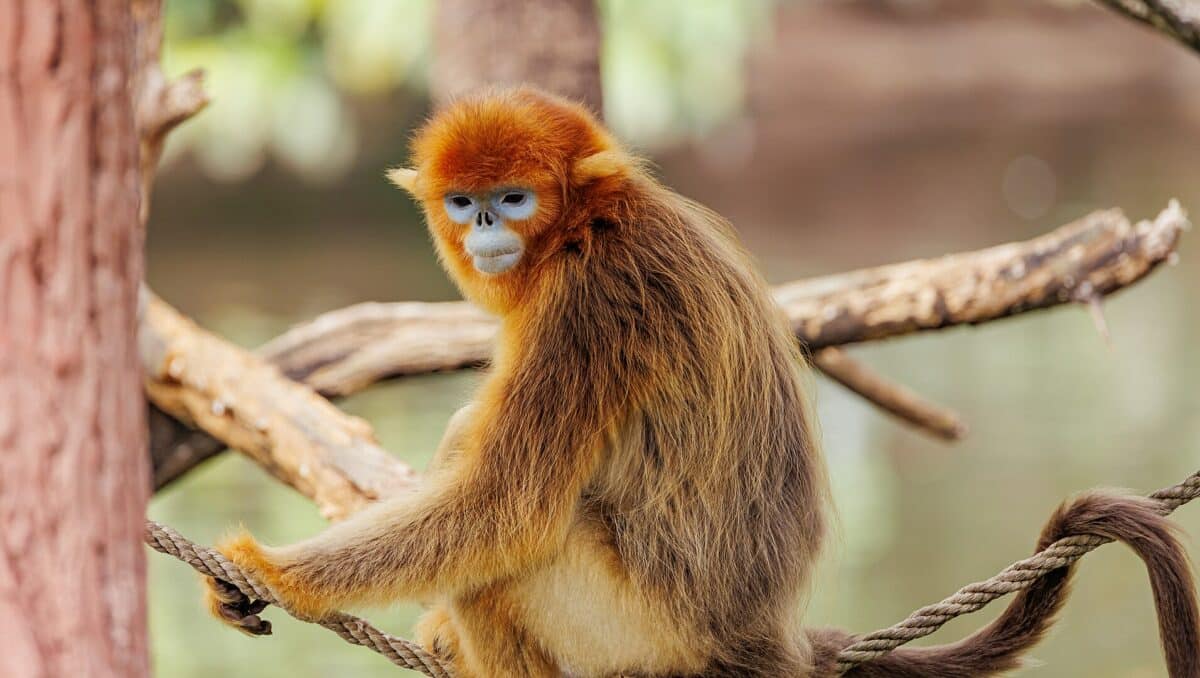
Golden snub-nosed monkeys inhabit the mountainous forests of central and southwestern China, primarily in the provinces of Sichuan, Gansu, Shaanxi, and Hubei. These remarkable primates have adapted to live in high-altitude coniferous and deciduous mixed forests, often at elevations between 1,500-3,400 meters. They survive in one of the harshest environments of any non-human primate, enduring snow and freezing temperatures for several months each year.
Their social organization is particularly notable—they live in a multi-level society with one-male, multi-female units (OMUs) as the basic social group. Multiple OMUs combine to form bands, and several bands constitute a troop that can contain 100-600 individuals. This complex social structure directly influences their mating systems and reproductive strategies. The hierarchical nature of their society creates a framework within which specific mating rituals and reproductive behaviors have evolved.
Breeding Season Dynamics
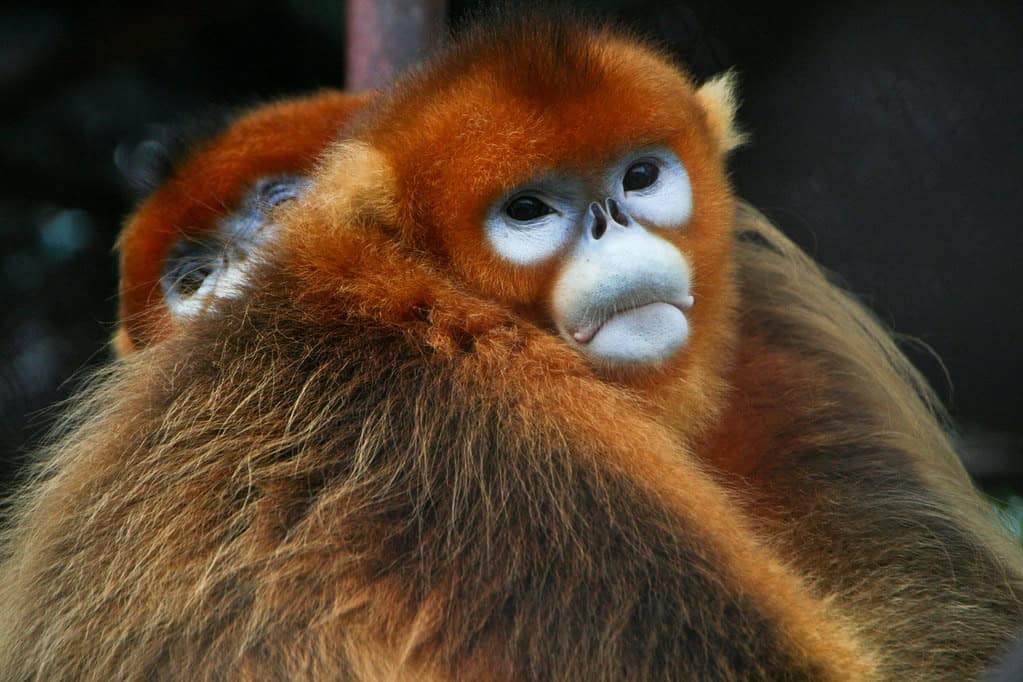
Unlike some primates that breed year-round, golden snub-nosed monkeys have a distinct breeding season that typically runs from September to December. This seasonal breeding strategy coincides with ecological factors such as food availability and temperature conditions. Researchers have observed that mating activities peak in October and November, with most births occurring between March and May after a gestation period of approximately 6-7 months.
During the breeding season, both physiological and behavioral changes become apparent. Females exhibit visible sexual swellings and changes in genital coloration, signaling their reproductive receptivity. Males become more aggressive and vigilant, increasing their territorial displays and interactions with females in their harem. This seasonal concentration of reproductive efforts maximizes offspring survival chances by timing births to coincide with spring and summer abundance.
Male Competition and Dominance
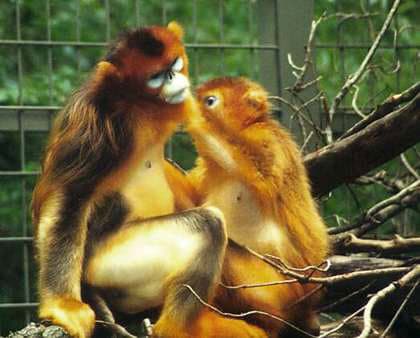
One of the most dramatic aspects of the golden snub-nosed monkey’s mating ritual is the intense male competition for reproductive access to females. As a polygynous species where one male mates with multiple females, competition for harem leadership is fierce. The leader male, who controls an OMU, must constantly defend his position against bachelor males who frequently attempt to infiltrate the group and challenge his dominance.
These competitive interactions include elaborate displays of strength and fitness. Males perform impressive leaps between trees, shake branches vigorously, and emit loud calls to intimidate rivals and impress females. Physical confrontations can occur, with males engaging in chasing, wrestling, and sometimes serious fighting. The winner gains or maintains control of the harem and reproductive access to females. Researchers have documented that males with larger body size, more impressive golden manes, and greater physical prowess tend to achieve higher dominance status and maintain harems for longer periods.
Female Choice Mechanisms
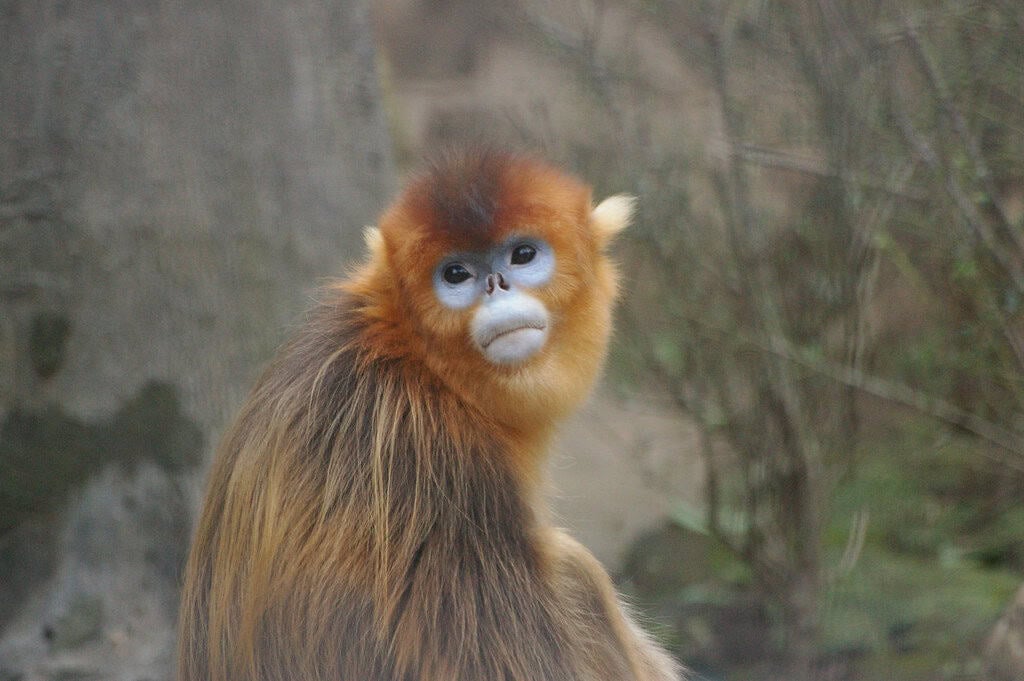
While male competition is visibly dramatic, female choice plays a subtle but crucial role in the mating rituals of golden snub-nosed monkeys. Though they live in a social system where one male monopolizes breeding, females are not entirely passive participants. They have developed several mechanisms to exercise choice in their reproductive decisions.
Females show preferences for males with certain characteristics, including bright golden fur (indicating good health), larger body size, and demonstrated ability to protect the group from predators and rival males. They may actively solicit mating from preferred males by presenting, making distinct vocalizations, or maintaining proximity. In some cases, females have been observed resisting mating attempts from less-preferred males or even seeking extra-pair copulations with bachelor males when the harem leader is distracted. This female selectivity contributes to genetic quality and diversity within the population.
Courtship Behaviors
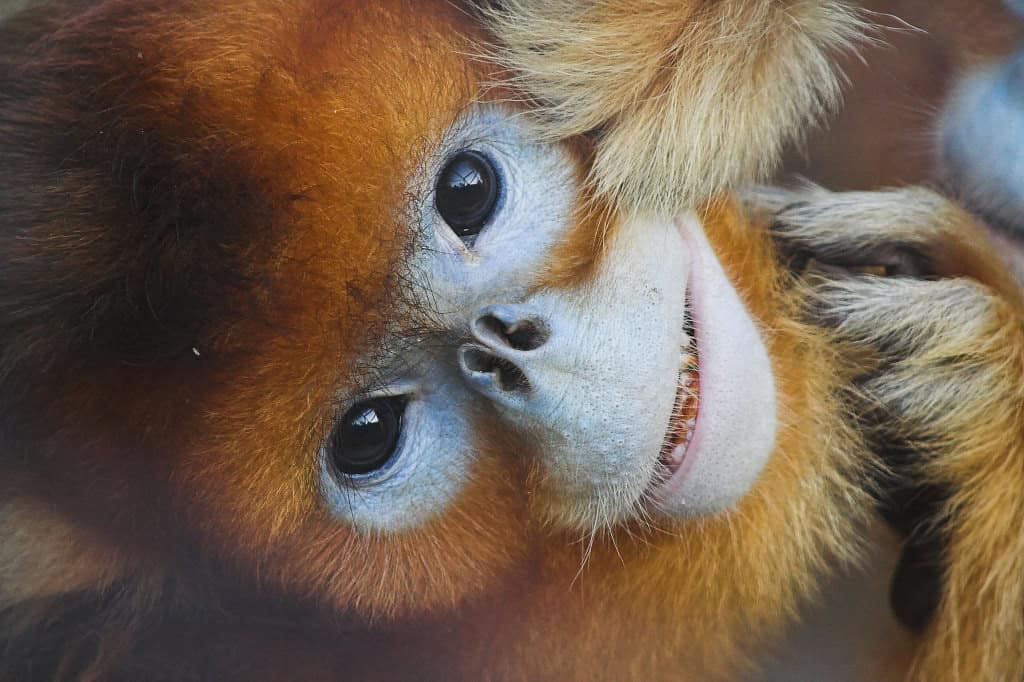
The courtship rituals of golden snub-nosed monkeys involve a series of specific behaviors that facilitate successful mating. During the breeding season, males initiate courtship by approaching females with distinct postures and movements. They may present themselves with an erect posture, make exaggerated facial expressions that display their blue faces to maximum effect, and perform grooming as a bonding behavior.
Males often engage in “following behavior,” where they persistently stay near a female of interest, sometimes for several days. They make specific vocalizations—soft grunts and calls—that differ from their typical alarm or territorial calls. Females signal receptivity through behavioral cues such as presenting their hindquarters, maintaining eye contact, or approaching the male. This courtship phase establishes mutual interest and physiological readiness, increasing the likelihood of successful mating and conception.
Copulation Patterns
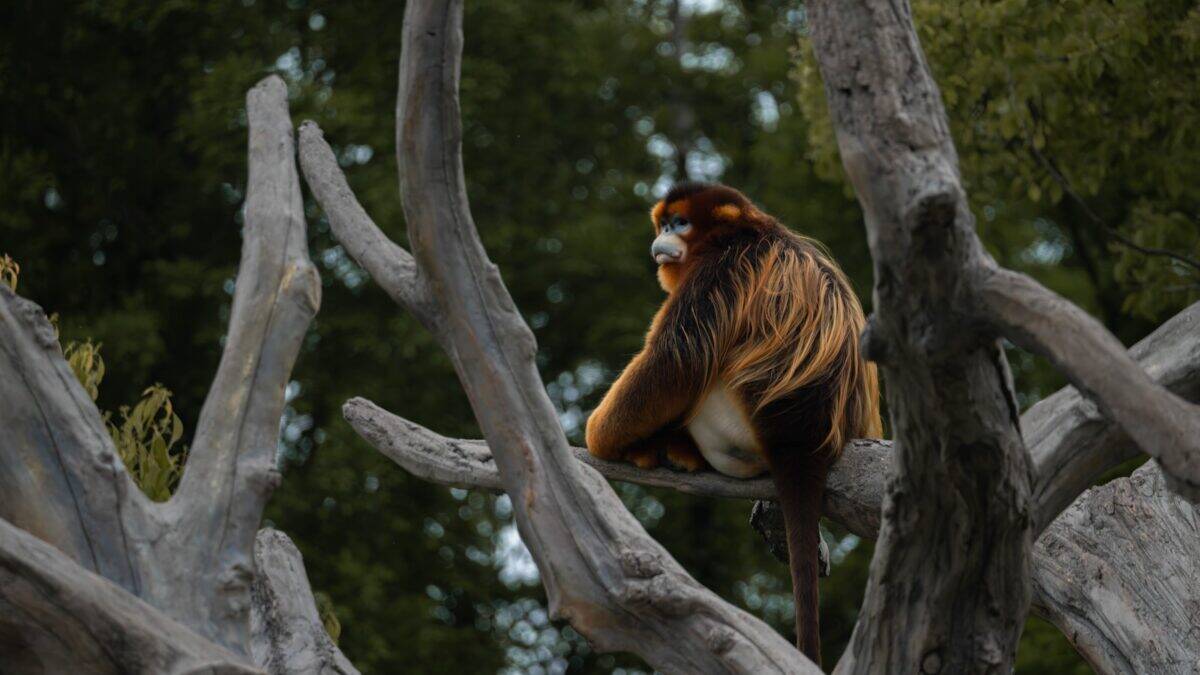
The actual mating act in golden snub-nosed monkeys follows specific patterns that have evolved to maximize reproductive success. Copulation typically occurs during daylight hours and may be initiated by either the male or receptive female. The process begins with the pair moving to a relatively secluded branch or location within the group’s territory, though not necessarily hidden from other group members.
Mating itself is brief, usually lasting between 5-20 seconds, but may be repeated multiple times throughout a female’s receptive period. Researchers have observed that a female might mate 3-10 times during her estrus phase. Unlike some primates, golden snub-nosed monkeys do not form exclusive “consortships” during estrus—the dominant male maintains access to all receptive females in his harem, though he must balance his time and energy between multiple females when more than one is receptive simultaneously. This pattern reflects the species’ polygynous mating system while ensuring efficient reproductive outcomes.
All-Male Units and Bachelor Groups

A fascinating aspect of golden snub-nosed monkey society is the formation of all-male units (AMUs)—groups of bachelor males who have not yet established their own harems. These units play a crucial role in the species’ mating dynamics and evolutionary strategy. Bachelor groups consist of juvenile, sub-adult, and adult males who have either left their natal groups voluntarily or been expelled by the dominant male.
These bachelor males employ various strategies to eventually gain reproductive access. They may challenge harem leaders directly, attempt to lure females away from existing harems, or wait for opportunities created when a dominant male is weakened or distracted. Younger males in bachelor groups also gain valuable social experience and physical development that prepares them for future reproductive competition. The existence of these all-male units creates dynamic tension in the social structure and contributes to genetic diversity by facilitating occasional leadership changes in breeding units.
Reproductive Seasonality and Birth Timing

The golden snub-nosed monkey has evolved a precisely timed reproductive schedule adapted to their harsh mountain habitat. With mating concentrated in autumn months and births occurring in spring, this species demonstrates remarkable synchronization with environmental conditions. This timing ensures that infants are born when temperatures are milder and food resources are becoming more abundant.
Birth synchrony also provides advantages through predator satiation—when many infants are born in a short time period, predators cannot consume all of them, increasing overall survival rates. Additionally, females who give birth around the same time can form subgroups that facilitate alloparenting (care by individuals other than the mother), sharing the energetic costs of infant care. This reproductive seasonality represents a sophisticated adaptation to both ecological challenges and social opportunities in their montane forest environment.
Infant Care and Alloparenting
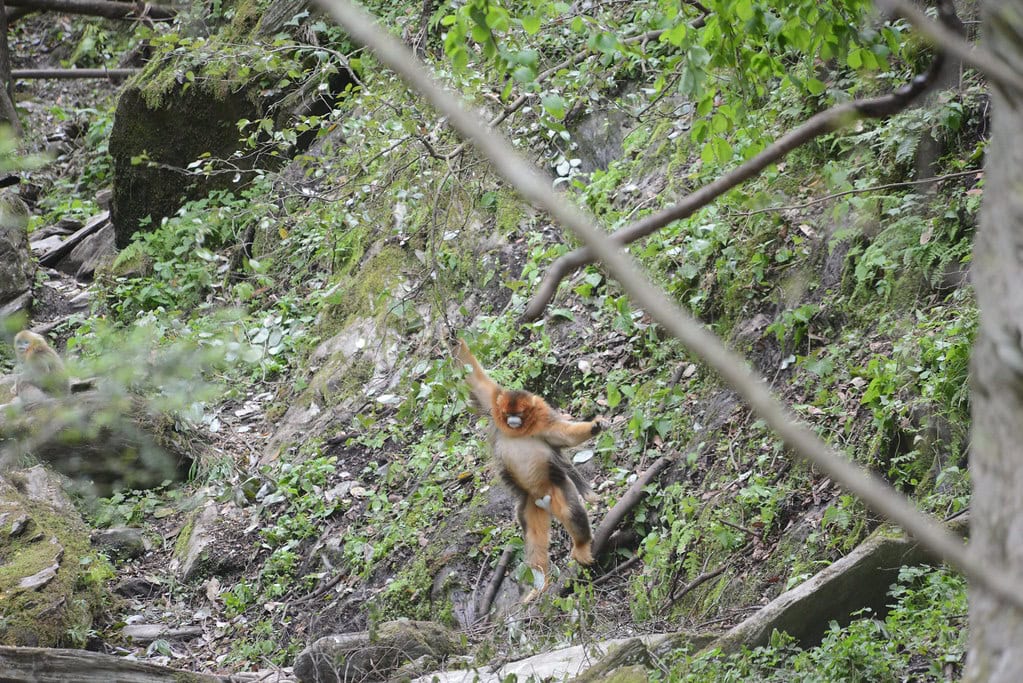
While not directly part of mating rituals, the care of resulting offspring influences future reproductive success and has shaped the evolution of mating behaviors in golden snub-nosed monkeys. After the approximately 6-7 month gestation period, females give birth to a single infant with distinctive white fur that gradually changes to the adult golden color over the first year of life.
A remarkable aspect of their reproductive strategy is the extensive alloparenting observed in this species. Females within the same one-male unit will often care for each other’s infants, including holding, grooming, and sometimes even nursing them. This cooperative infant care increases survival rates and allows mothers to regain energy reserves more quickly, potentially shortening the interval between births. Males, particularly the harem leader, provide protection for all infants in their unit, though they rarely engage in direct care. This shared parenting system represents an adaptation that enhances reproductive success within their complex social structure.
Hormonal Regulation and Physiological Adaptations
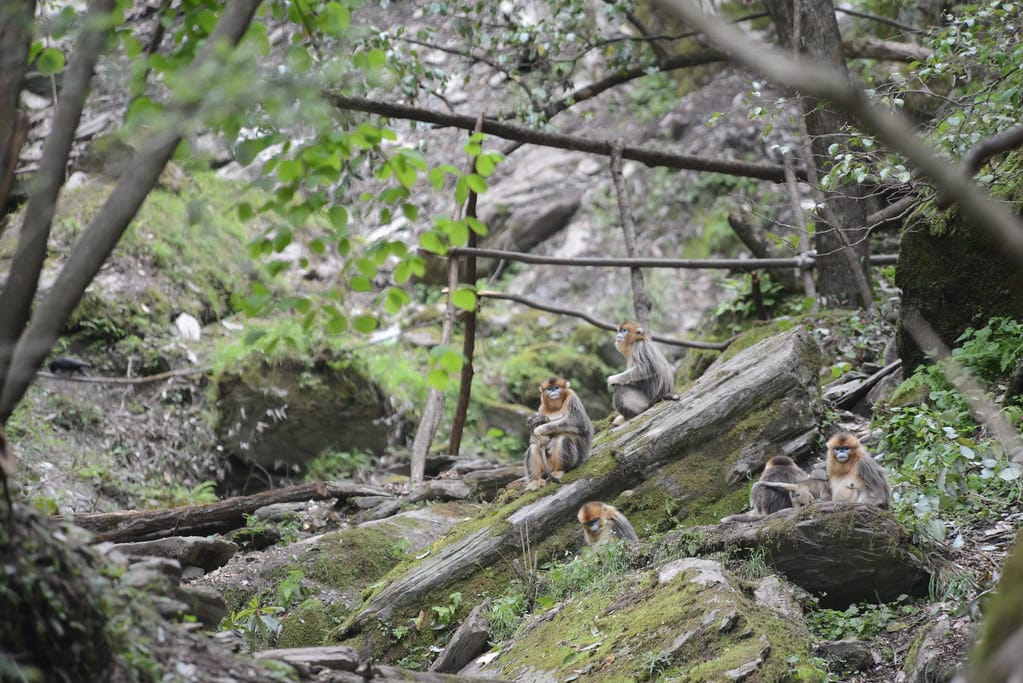
The mating rituals of golden snub-nosed monkeys are underpinned by sophisticated hormonal mechanisms that regulate reproductive timing and behavior. Females experience hormonal cycles that drive changes in sexual receptivity, with estrogen levels rising during the follicular phase and peaking during estrus. These hormonal fluctuations trigger both the visible sexual swellings and behavioral changes that signal fertility to males.
Males also undergo hormonal changes during the breeding season, with elevated testosterone levels that increase aggressive tendencies, sexual motivation, and competitive behaviors. Interestingly, research has shown that dominant harem-holding males maintain higher testosterone levels than bachelor males, reflecting their active reproductive status. These physiological adaptations ensure that peak reproductive condition coincides with the optimal ecological window for conception and subsequent birth during favorable conditions.
Genetic Consequences of Mating Patterns

The mating system of golden snub-nosed monkeys has significant implications for their genetic diversity and evolutionary trajectory. The predominant pattern of one male monopolizing reproduction within a harem could potentially lead to genetic bottlenecks and inbreeding. However, several mechanisms counteract these risks and maintain genetic diversity within populations.
First, harem leadership changes over time, with new males eventually replacing established leaders, introducing different genetic contributions to the group. Second, the occasional extra-pair copulations that females engage in with bachelor males increase genetic diversity. Third, both males and females may transfer between groups, further promoting gene flow. Genetic studies have confirmed that despite their fragmented habitat and polygynous mating system, golden snub-nosed monkeys maintain relatively healthy genetic diversity. This balance between reproductive monopolization and mechanisms for genetic exchange represents a sophisticated evolutionary strategy that has helped the species survive despite environmental challenges.
Conservation Implications
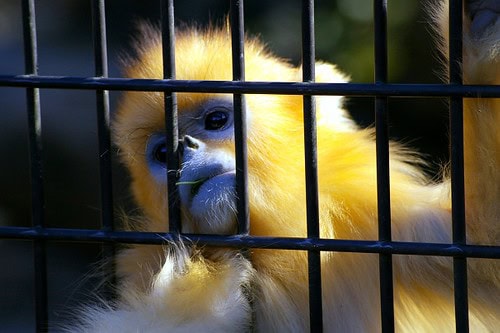
Understanding the mating rituals and reproductive strategies of golden snub-nosed monkeys has critical implications for conservation efforts. With an estimated population of only 8,000-15,000 individuals remaining in the wild and classified as Endangered by the IUCN, protecting their reproductive capacity is essential for species survival. Their complex social structure and specific mating patterns make them particularly vulnerable to habitat fragmentation and population isolation.
Conservation strategies must account for the species’ need for large, connected forest areas that can support the multi-level social structure necessary for normal mating behaviors. Small, isolated populations may experience disrupted social dynamics, skewed sex ratios, or insufficient numbers to maintain all-male units and one-male units in proper balance. Conservation breeding programs must also consider these social complexities, as captive environments often cannot replicate the elaborate social context in which natural mating occurs. By incorporating knowledge of golden snub-nosed monkey mating rituals into protection plans, conservationists can better ensure that this remarkable species continues its evolutionary journey.
Conclusion

The mating rituals of the golden snub-nosed monkey represent a fascinating example of how reproductive strategies evolve in response to environmental challenges and social complexity. Their seasonal breeding, male competition, female choice mechanisms, and cooperative infant care form an integrated system that has allowed this species to thrive in harsh montane environments for thousands of years. These behaviors reflect millions of years of evolutionary refinement, balancing individual reproductive success with group cohesion and species survival. As habitat loss and climate change continue to threaten their existence, understanding these intricate mating patterns becomes increasingly important for effective conservation. The golden snub-nosed monkey’s reproductive behavior offers valuable insights not only into primate evolution but also into the delicate interplay between ecology, social systems, and reproductive strategies that shapes all life on our planet.
- The Story Behind the Bison’s Comeback from Near Extinction - August 9, 2025
- How Penguins Take Turns at Sea and Nest to Raise Chicks - August 9, 2025
- Dolphin Brains Compare to Those of Apes and Humans - August 9, 2025
